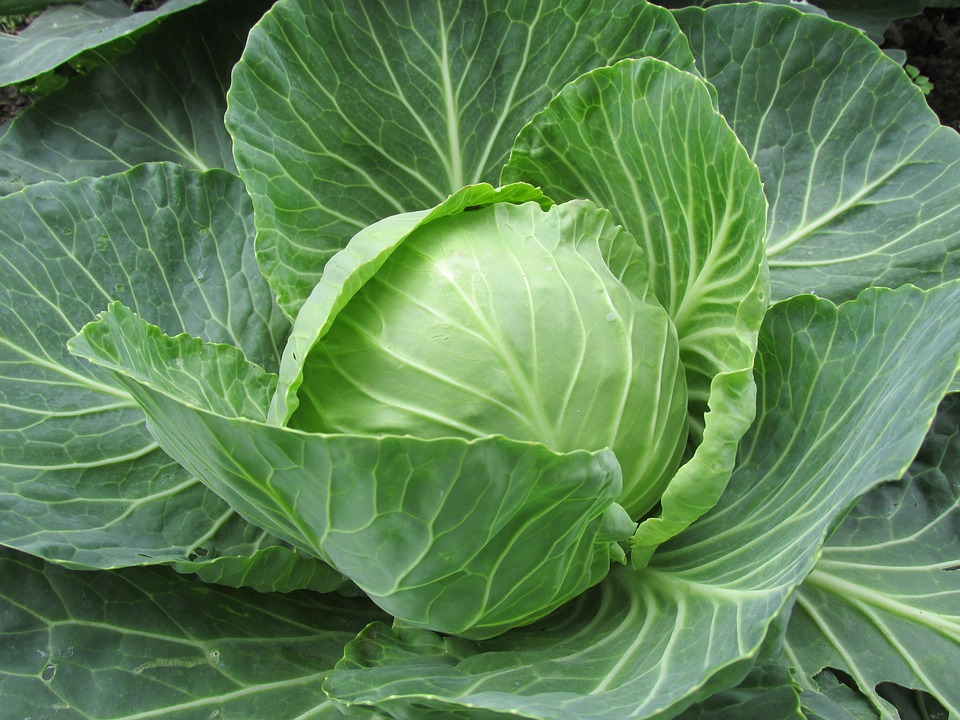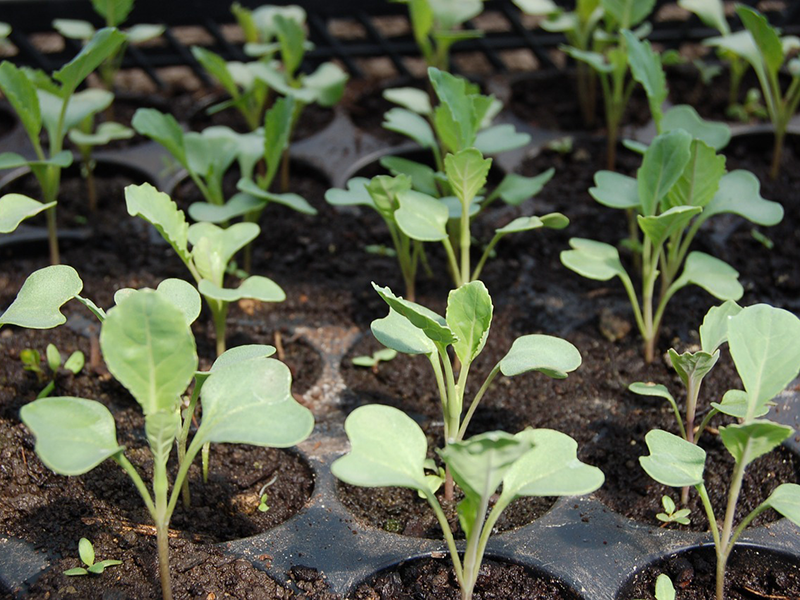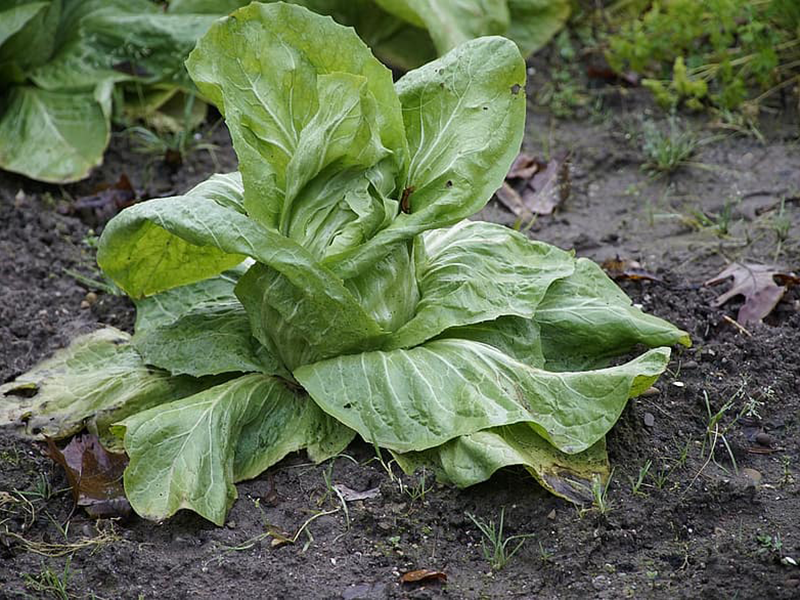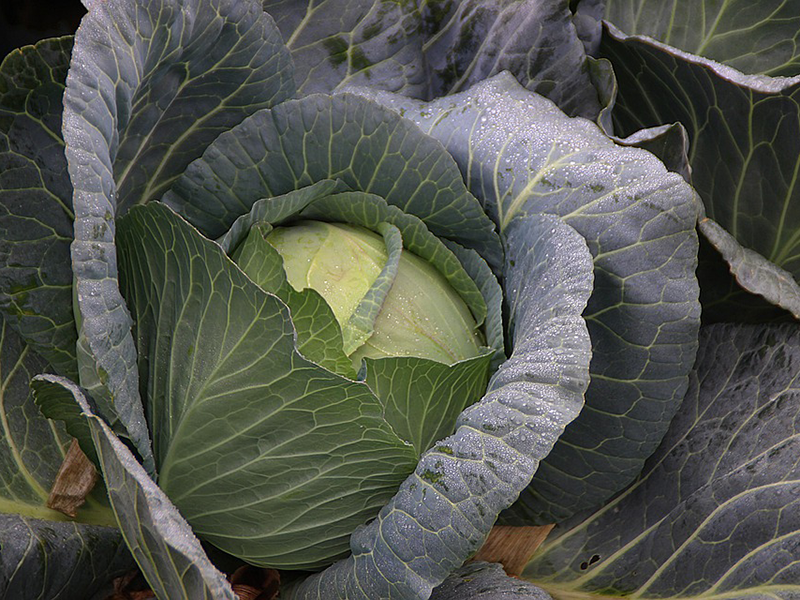Cabbage
Cabbage is a nutritious, cool-weather crop.
Time to harvest: 60-150 days
Cabbage is a cool-weather crop. It's packed with nutrients and anti-oxidants, and it's also a pretty cool-looking vegetable. It's easy to grow, and can even thrive in overcrowded areas.
Planting
Cabbage seeds prefer cool temperatures. The optimal soil temperature for cabbage is 10-30 degrees Celsius. Cabbage seeds should start growing inside 5-7 weeks before the last Spring frost, and should then be moved outside after the cold spell has passed. Cabbages need full exposure to the sun, so plant them in an area that gets 6-8 hours of sunlight daily. Cabbage needs 3 inches of compost mixed into the top 6 inches of soil in order to grow, with an ideal pH of 6.5-7.
Cabbages should be planted in rows, with cabbages being 1.5 to 2 feet apart from each other.
Growth Guidelines
Cabbage requires consistently moist soil, so it needs to be watered with a soaker hose to deliver about 1.5 inches of water per week. Weeds should be pulled out carefully as to not damage the roots of the cabbages. It also recommended to use fertilizer on the cabbages every two weeks until harvest. A 3-inch layer of mulch should be added around the plants to moisturize them.




Harvesting
Cabbage is ready to be harvested when the heads are firm and are about 4-10 inches in diameter. To sow the cabbage, its stem needs to be cut with a sharp knife to remove it from the soil. Cabbage can be stored in a refrigerator for up to two weeks after harvest. In a humid environment like a root cellar, cabbage can last for up to 3 months.
Equipment
We've compiled a list of all the best equipment to grow your own cabbages. Here are our top picks:
